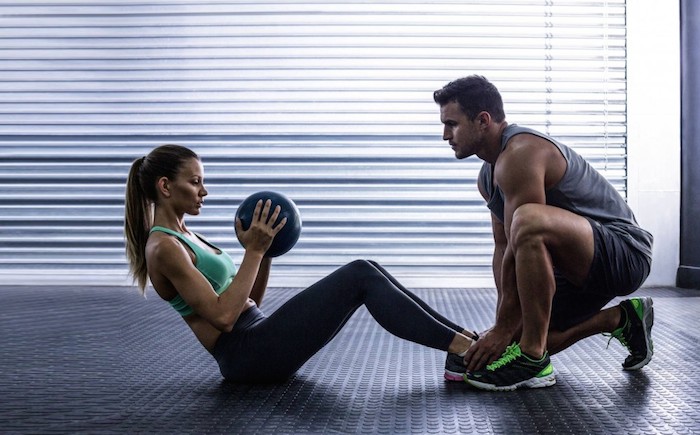
By Brian Wallace, Ph.D., FACSM, CSCS |
To understand our physiologic individuality and how to use that knowledge to improve health, fitness and performance, we must first appreciate the basic precepts of physiology itself and then as it applies to sport in general and strength and conditioning in particular. Put simply, our physiology describes our functional biology – the physical and biochemical parts and processes involved including most importantly for us in sport and exercise science: the cardiovascular, respiratory, metabolic, neuromuscular, skeletal, endocrine and biochemical systems. It is the study of the integrative function of these systems – from the molecular level to the whole organism – and is the foundation for all the biomedical sciences.
Sport and exercise physiology, in turn, refers to how those parts and processes not only function but how they impact and are impacted by the physical stress of sport and exercise of a seemingly infinite variety of metabolic and physiologic challenges – intensities, durations, types, volumes, and frequencies superimposed against a blend of genetic and environmental conditions. To be clear, the human body is not a series of independent physiologic systems operating in a vacuum but rather is a well-choreographed integration of these physiologic systems – a highly complex feedback system, known as systems integration, working synergistically in a common cause – homeostasis. Each system is in constant flux, changing continuously over time, sending chemical messages in an attempt to maintain homeostatic balance in the face of the many challenges that confront us on a daily basis – such as exercise.
Consider for example, the endocrine system and the many hormone based processes that act to maintain the body’s internal stability and energy levels during times of stress. During exercise for example, insulin release is suppressed while the stress or ‘counterregulatory’ hormones (e.g., glucagon, epinephrine, growth hormone and cortisol) are activated in a specific sequence and dose to provide needed fuel – glucose, fatty acids and even amino acids – the proportion and timing of each being contingent upon the, type, intensity and duration of that exercise stress. So while the proper function of each individual system is essential, it is the collective and integrative functions of all systems that contribute to a healthy, high performance, functional state – even one weak link and function declines and with it our health/fitness/performance. It is important for coaches and athletes alike to understand this dynamic.
So the question is ‘how do we identify one’s personal physiology and use that information to enhance health, fitness and performance. We begin in the ‘Living Lab’ –using subjects in real life circumstances (and thus the name). It is the starting point in which each client/athlete becomes an individual case study. More than 100 measures of health, fitness and performance capacity known as biomarkers blueprint each individual’s personal physiologic story – establishing a baseline health-fitness profile, from there prescribing follow up training and nutrition strategies, monitoring responses and modifying those strategies accordingly. As mentioned last time, this is not a one time, one size fits all approach but rather a systematic individualization of programming based on sequential testing and follow-up over time. We go inside the numbers to tell someone exactly where they are relative to where they should be. By integrating modern technology with cutting edge medical, fitness and nutrition research, this program provides a framework for working with each individual. In most programs, there is little precision or ‘integrity in numbers’, virtually no consistency in repeated measures, and no true follow-up based on results to specific training and nutrition strategies. Unlike the health care community which explores outside the numbers (reference ranges) to identify significant pathology, we go inside the numbers to pinpoint biochemical and physiological fitness and individuality – identifying follow-up strategies, and modifying those strategies over time based specifically on follow-up testing. To be continued…. the training and nutrition model
Dr. Brian Wallace is the chair of sports exercise science at the United States Sports Academy.